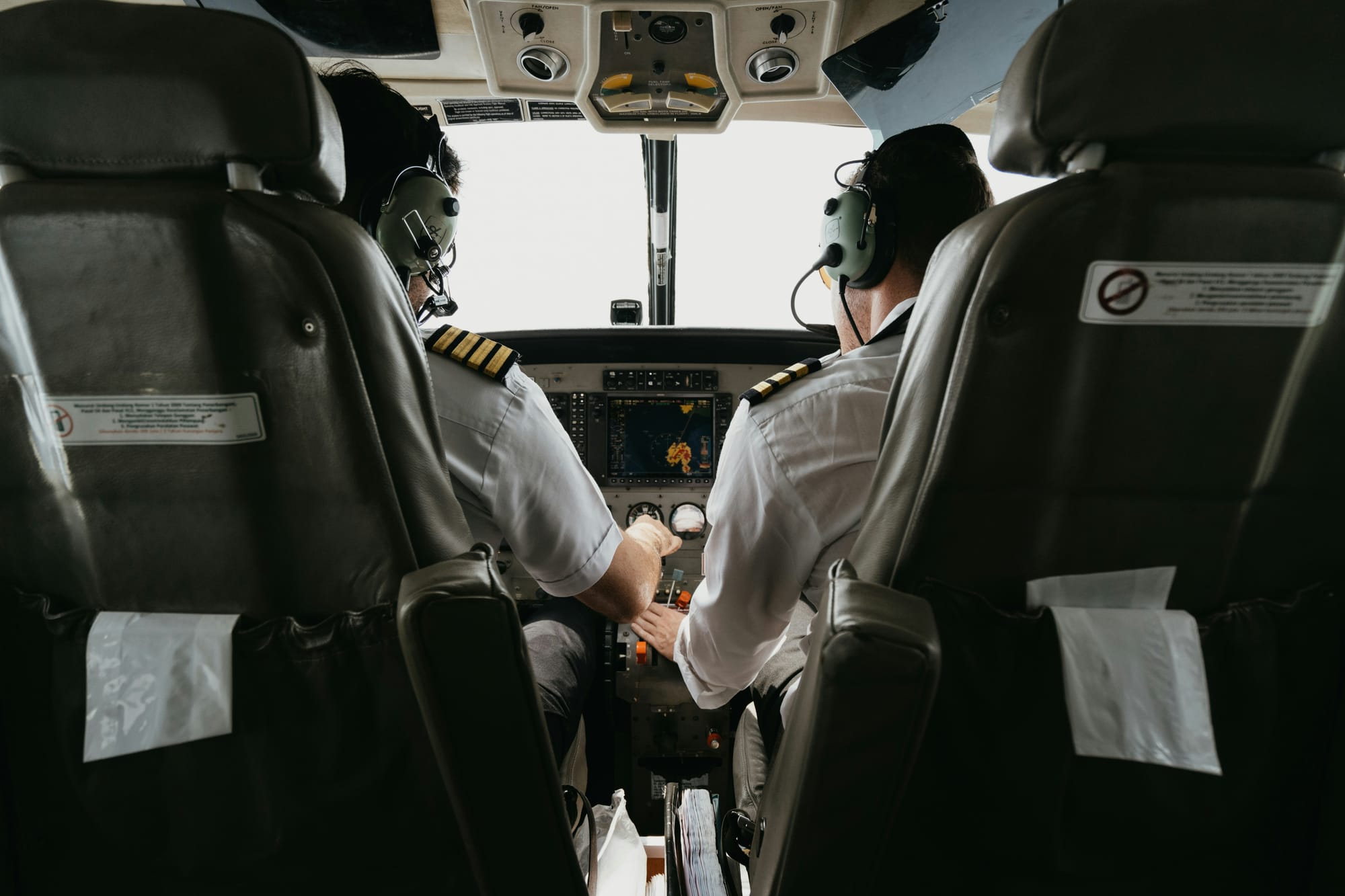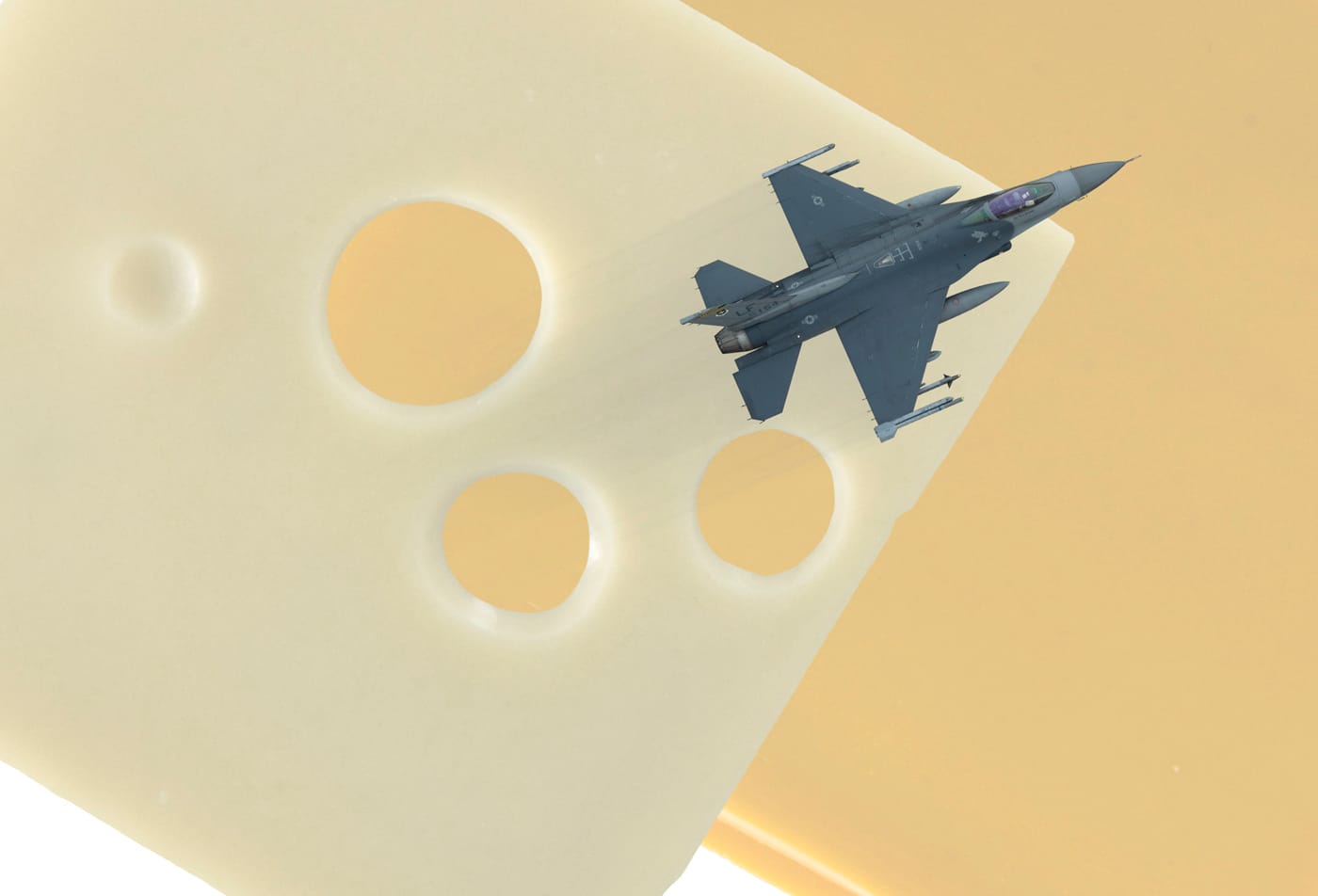WOW: Noise Pollution Around New York Airports Are Loud!
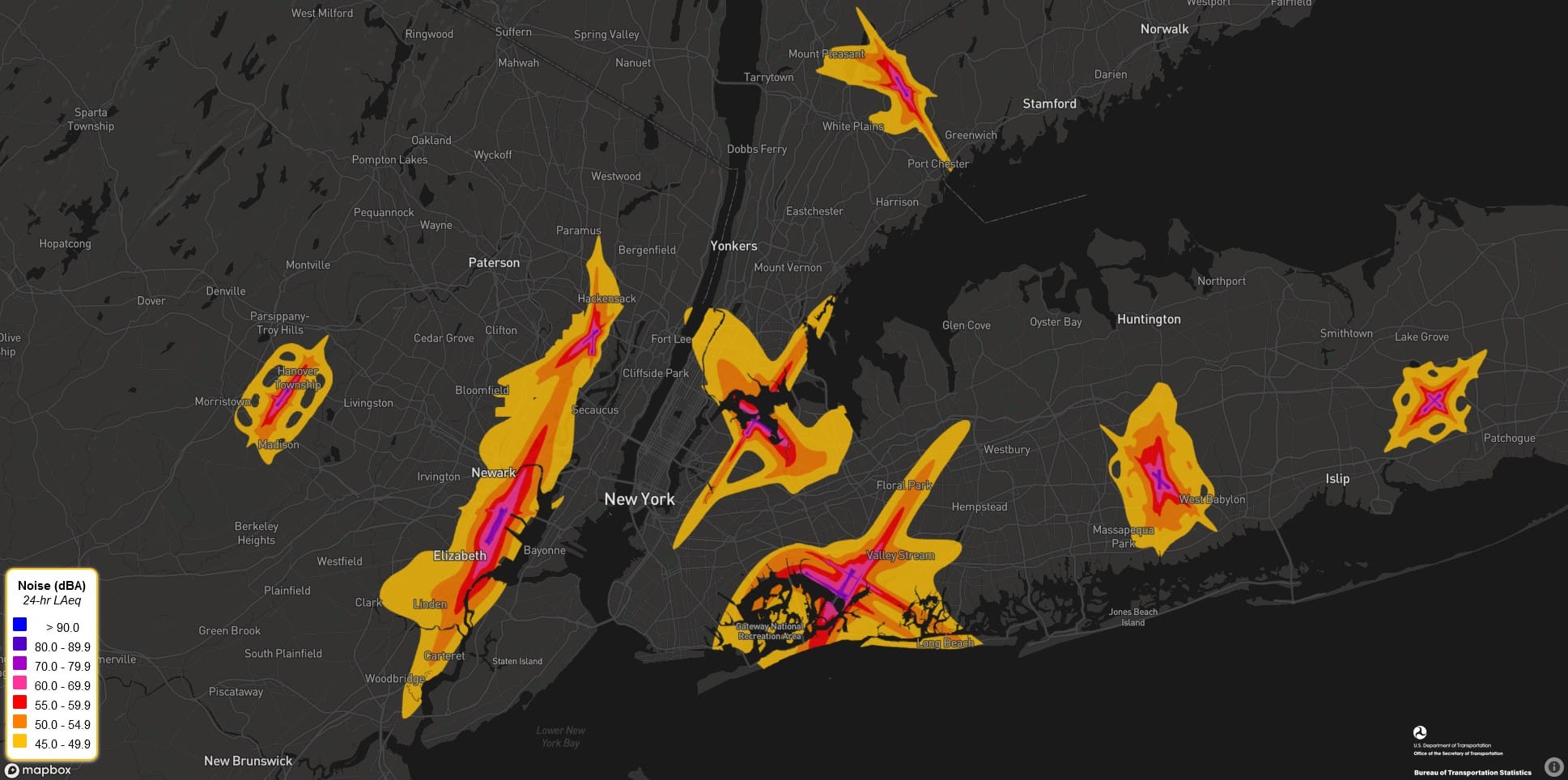
Noise pollution around airports is a significant concern, particularly in densely populated urban areas, where the hum of jet engines is a constant companion. Among the busiest cities in the world, New York stands out, with its multiple airports—John F. Kennedy International Airport (JFK), LaGuardia Airport (LGA), and Newark Liberty International Airport (EWR)—serving millions of passengers annually. While these airports are crucial for economic vitality, they also contribute significantly to noise pollution, affecting the quality of life for residents in surrounding neighborhoods.
Understanding Noise Pollution Around Airports
Noise pollution from airports primarily stems from aircraft operations, including takeoffs, landings, and ground activities. The sound produced by aircraft engines, especially during takeoff, can reach levels that disrupt daily life, interfere with sleep, and contribute to long-term health issues like hypertension and hearing loss. The noise footprint of an airport can extend for miles, affecting communities far beyond the airport perimeter.
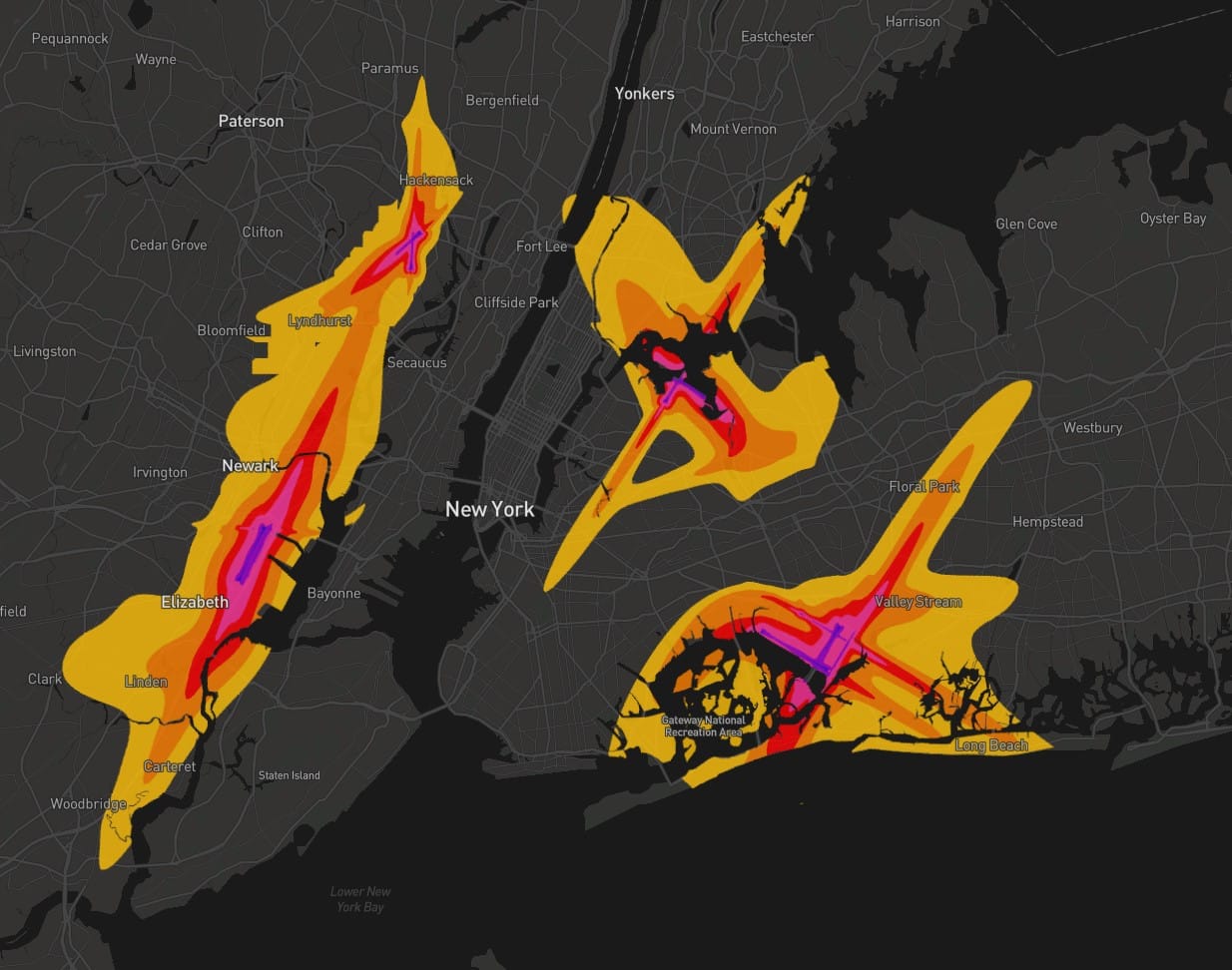
In New York, this issue is particularly pronounced due to the high volume of air traffic and the proximity of airports to residential areas. JFK and LaGuardia are situated within the New York City limits, and Newark is just across the river in New Jersey, making the impact of noise pollution felt across multiple boroughs and towns.
The Impact on New York Communities
The neighborhoods surrounding New York’s airports bear the brunt of the noise pollution. In Queens, for instance, residents living near JFK and LaGuardia are constantly exposed to the sound of aircraft overhead. The problem is exacerbated by the fact that these airports operate 24/7, leaving little respite from the noise. Newark's proximity to residential areas in both New Jersey and Staten Island also means that many communities are exposed to significant levels of noise.
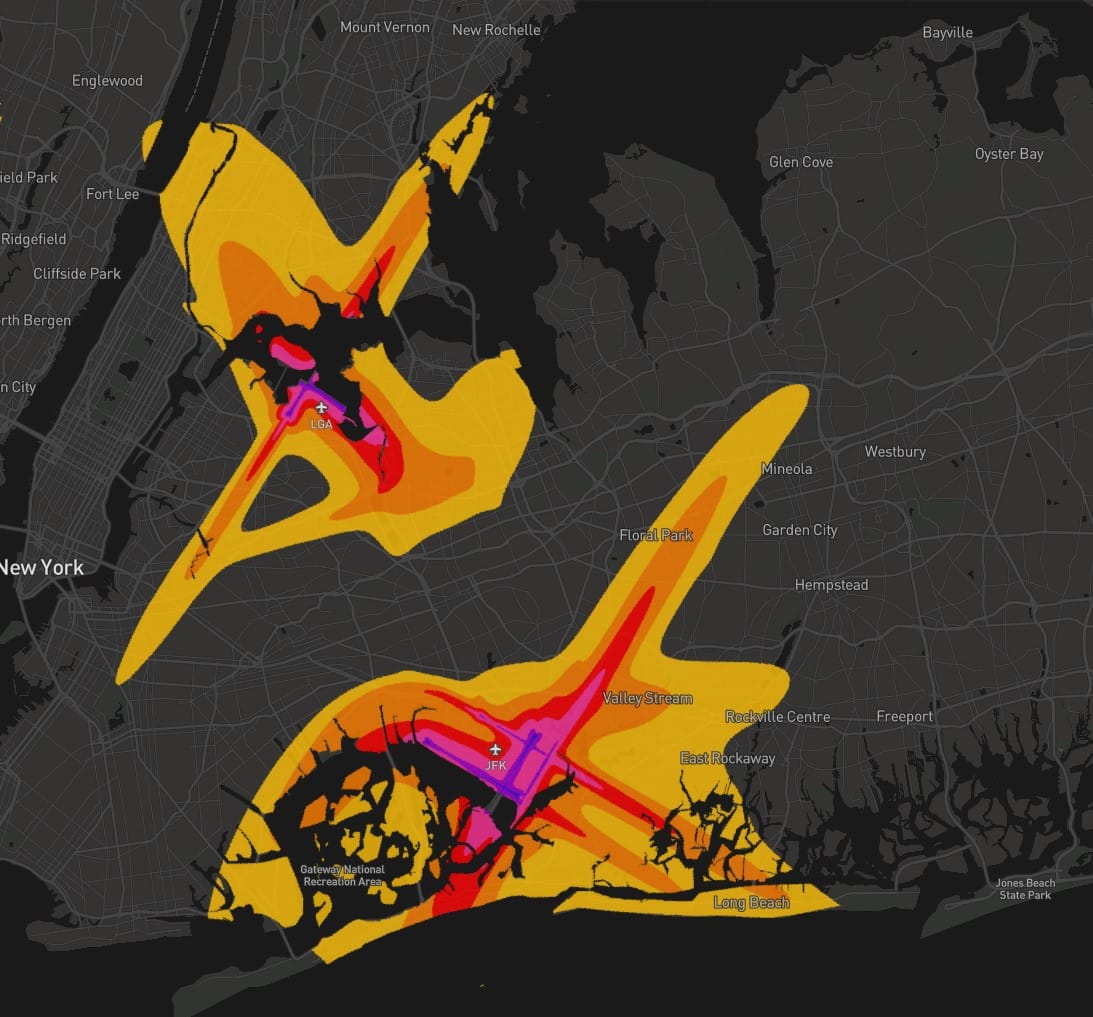
Studies have shown that prolonged exposure to high noise levels can lead to various health problems, including cardiovascular issues, stress, and sleep disturbances. For children, there is also evidence that chronic noise exposure can negatively impact cognitive development and learning.
Industry Efforts to Mitigate Noise Pollution
Recognizing the detrimental effects of noise pollution, the aviation industry has been actively working to mitigate its impact. Several strategies have been implemented to reduce noise levels around airports, particularly in noise-sensitive areas like New York.
- Quieter Aircraft Engines: One of the most effective ways to reduce noise pollution is through the development and deployment of quieter aircraft engines. Modern engines are designed to be significantly quieter than their predecessors, with improvements in both engine technology and aerodynamics. The introduction of high-bypass turbofan engines, which reduce the speed of exhaust gases and thus noise, has been a major advancement.
- Operational Procedures: Adjustments in flight operations can also contribute to noise reduction. For example, the implementation of continuous descent approaches (CDA), where an aircraft descends gradually rather than in steps, reduces noise levels because engines are kept at lower power settings for longer periods. Additionally, optimizing flight paths to avoid residential areas whenever possible can help minimize the impact of noise on communities.
- Curfews and Restrictions: Some airports have introduced curfews or restrictions on night flights to give residents a break from the noise during sleeping hours. While JFK and LaGuardia do not have mandatory curfews, there are voluntary agreements in place to limit the number of flights during late-night and early-morning hours. Newark, on the other hand, has implemented more structured noise abatement procedures during nighttime operations.
- Sound Insulation Programs: Another approach to mitigating the impact of noise pollution is through sound insulation programs for homes and schools located in high-noise areas. These programs, often funded by airport authorities, involve installing soundproof windows, doors, and other noise-reducing materials to create a quieter indoor environment.
- Community Engagement: In New York, airport authorities have also established noise abatement offices and community roundtables to involve local residents in discussions about noise management. These forums provide a platform for residents to voice their concerns and for authorities to communicate about ongoing and future noise mitigation efforts.
Final Thoughts
Noise pollution around New York's airports is a persistent issue that requires ongoing attention and innovation. While significant progress has been made in reducing the impact of aircraft noise through technological advancements and operational changes, there is still work to be done. The aviation industry continues to explore new ways to balance the need for air travel with the health and well-being of those living near airports. Through continued investment in quieter technologies, effective noise management practices, and active community engagement, it is possible to mitigate the effects of noise pollution and improve the quality of life for residents in New York and other cities worldwide.


